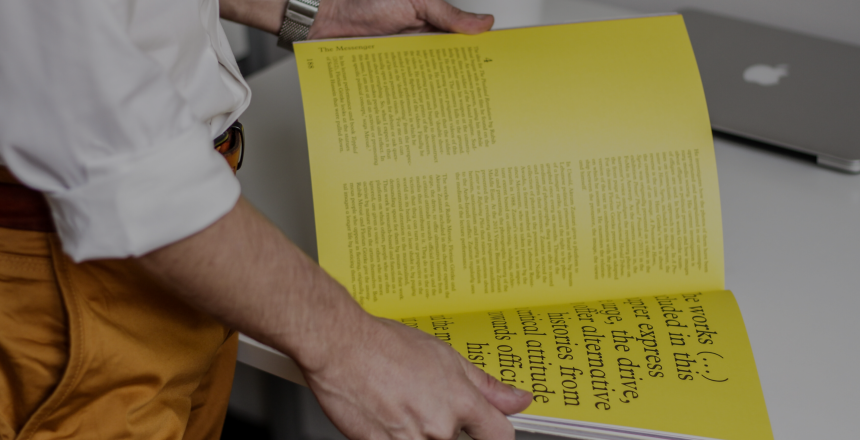
The 2010s saw a maelstrom of change by anyone’s standards. As we enter a new decade, it’s worth reminding ourselves that back in the day tablets were for taking with food, watches just told you the time, and drones were people you avoided at a dinner party.
For those of us in business, the rapid advancements in technology and the subsequent impact on consumer behaviour have been no less challenging. The 2010s may well be viewed as the time when digital finally took over. At the beginning of the decade, 27% of the world’s population were online. That figure is now closer to 60%, with penetration among developed nations over 80%.[1]
In 2010, social media was still in the ascendancy, with fewer than 1bn of us dialled in compared with the current figure of 3.5bn. What is perhaps more telling is the development of social media’s role in our society. Funny cat memes and pictures of ‘my lunch’ still seem to have their place, but as a tool for the spread of information – or should that be misinformation? – and the influence on the electorate, its place in history is now assured.
A wealth of additional facts and figures is not hard to find if you choose to look, but the bottom line is that as the digitisation of society has accelerated, so, too, has the attention of our marketing spends.
The UK is now the largest online advertising market in Europe and the third largest globally, with 62% of ad spending forecast to be online in 2020[2]. Our spend per head is the highest of any G20 nation.
Traditional media have suffered mixed fortunes as a result, with print perhaps taking the brunt of our shift in reading habits and content consumption. Advertising spends across nearly all print media have declined almost every year for the past 10 years. Newspapers’ share of ad revenue was nearly 20% in 2010, while now it is less than 6%[3]. Circulations have declined by more than 52%[4], and the size of the paid-for magazine market has more than halved in the same period.
But while consumer titles continue to chase the money and readership online to survive, there is one area of print media that is thriving, and that is B2B.
B2B marketing in all guises is an analogue success story in a digital age. From the Financial Times being one of only two newspapers to increase its circulation last year, and The Economist as the UK’s top-selling business magazine, to brands such as Jewson using print to talk to young builders, it’s clear businesses are seeing the value in print.

To explain the resurgence of interest in print for B2B marketing, we need look no further than the most valuable commodity a business possesses – trust.
In an era of disingenuous news, with trust in politics at an all-time low and scrutiny of brands at an all-time high, trust has never been more important. A recent survey, the Edelman Trust Barometer, showed that traditional media is experiencing a rebound in public confidence, reaching a record high of 61%, an increase of 13% year on year. Another piece of research conducted by Two Sides highlighted that 63% of us turn to print when we want a better understanding of a story, demonstrating the closer affinity we have with print media vs online.
There are, of course, numerous other reasons that print makes sense for B2B brands looking for a competitive advantage.
It appeals to the senses: touch, look and smell. Print was an experiential medium long before the term was coined. It’s also immersive and engaging. With digital channels, we’ve learnt to multitask and spread our attention. Print demands engagement. When did you last throw a handwritten letter or a book in the bin?
Because print is tangible, it also has more perceived value. With much of our information and entertainment coming through a pipe, something in the hand stands out. Luxury brands use print more than most for a good reason. The importance of having physical branded assets in the hands of your customer cannot be underestimated.
Print doesn’t stand alone, though. It works well with other media, as both a channel to digital experiences and as a sales activator. Studies prove that including print media in your marketing improves ROI by as much as 15%.[5]

And if you are looking to engage with the next generation of business leaders, print should be your go-to choice. Even though, or perhaps because, they were born digital, Generation Z is reconnecting with traditional media, looking for ‘real’ experiences and promoting the benefits of unplugging from technology.
The upshot is that print media is not dying or going away anytime soon. As we wrote in our white paper, ‘The Journey from Print to Digital’, its role is merely changing shape as the world changes around it. What was once commonplace is now unique enough to command attention and has more value and relevance than ever before.
So, if B2B
marketing is your focus, grab your pen, experience the power of the printed
word and get the competitive edge your business needs.
[1] Statista 2020
[2] Credo/Enders Analysis
[3] Advertising Association/WARC
[4] Ofcom
[5] IPA – Marketing Effectiveness in the Digital Era



